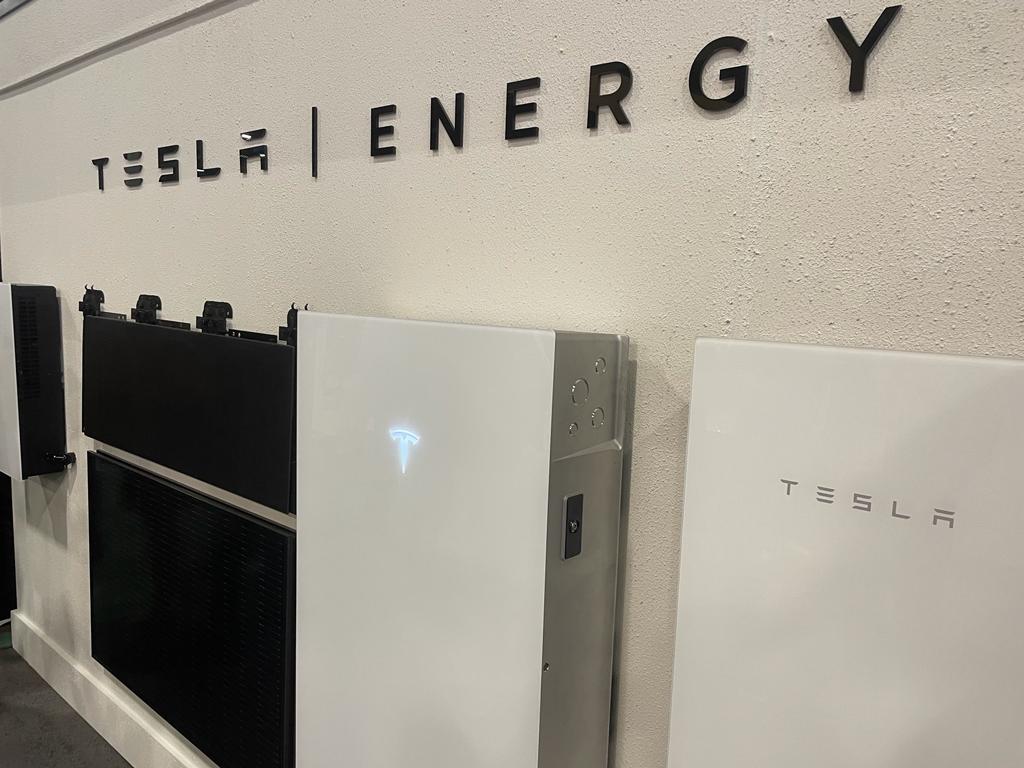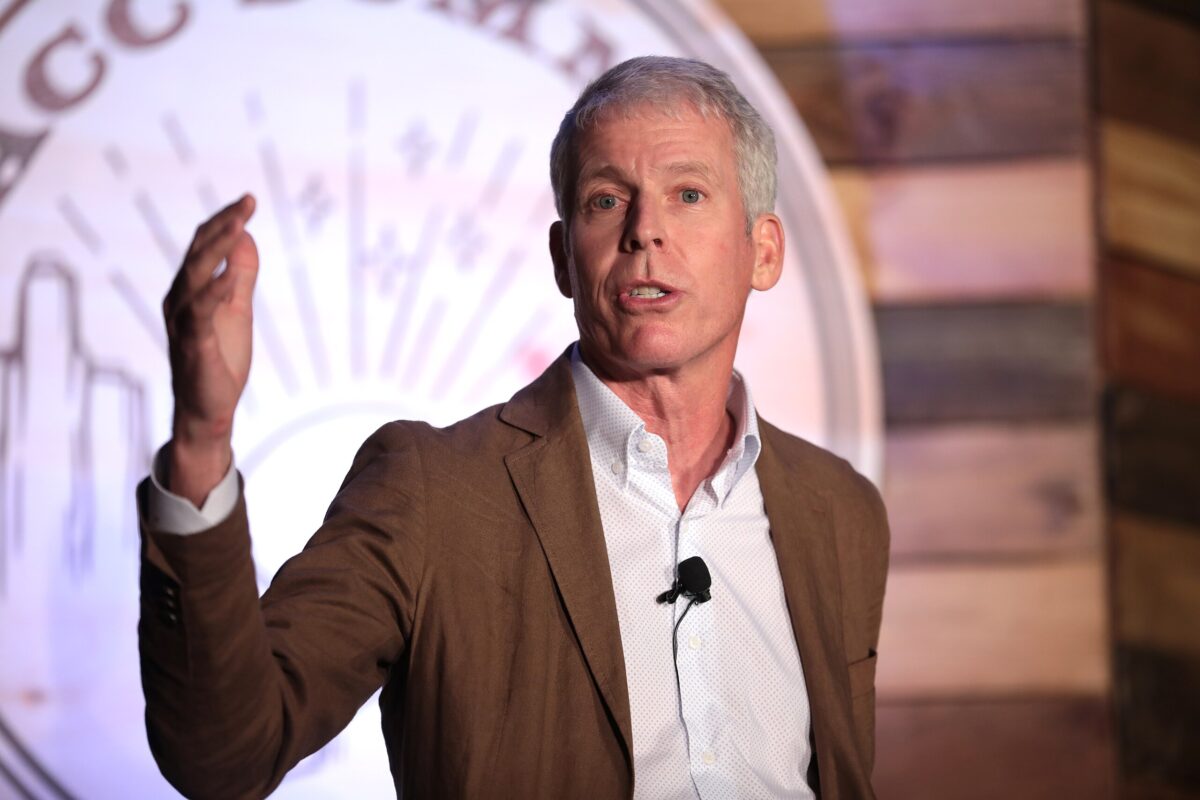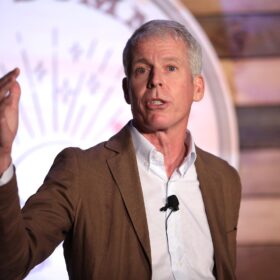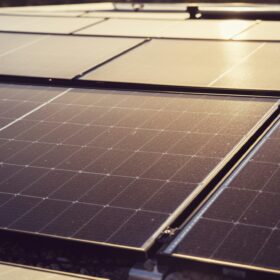In the eyes of some, Tesla has stolen the show at RE+. The company’s new hybrid battery, the Powerwall 3, has attracted significant attention by offering 11.5 kW of continuous power to homeowners and an installation time of between 30-40 minutes. Company representatives hope that the new battery will be cheaper by virtue of its quick installation and simplicity in terms of factory assembly.
Tesla representatives describe the Powerwall 3 as being a similarly evolutionary product like the company’s more affordable Model 3 EV.
The new battery differs from the Powerwall 2 in that it comes with an integrated inverter. This simplifies the installation, bringing both power conversion and energy storage together in one unit. As a hybrid system, it is suitable for new solar installations, but not for households with existing rooftop solar systems.
The Powerwall 2 will still be available “for some time.”
The new battery is narrower and has a smaller width than its predecessor – although it is slightly “deeper,” from front to back. The battery has a length of 43.25 inches, width of 24 inches, and depth of 7.6 inches.
Notably, the Powerwall 3 comes with 11.5 kW of continuous power, which should be sufficient to power most households and can switch seamlessly to offgrid operation in the event of grid outages. This power is an increase of more than 50% on that delivered by the Powerwall 2, note company observers. The energy capacity of 13.5 kWh is the same as the previous model.
For large homes that would like backup power capability for longer periods, Tesla staff say that a Powerwall 3 without an integrated inverter will be offered that can be “daisy-chained” to the hybrid battery unit. This, Tesla says, makes the system a simpler value proposition to homeowners.
Aesthetically, the system is certainly sleek. Its glass door includes an indicator light that will “go red” in the event of faults, with pure white indicating everything is operating smoothly.
Beyond aesthetics, the Tesla team report that all aspects of the Powerwall 3 “serve more than one function.” The glass door also serves as a heat sink, with the aluminum enclosure on the sides and rear serving the same purpose for the air-cooled battery.
Installation in focus
The glass door can also be removed during installation. Inside the box there is an AC terminal on one side, a DC the other. This allows two electricians to work on the solar and storage installation simultaneously, “getting an install done in 30-40 minutes.”
The obvious installation advantage of the hybrid battery, over the Powerwall+ system, is that the inverter comes fully integrated.
An additional feature on display at RE+ is a dolly that has been designed specifically for Powerwall 3 installation. At 287 lbs. it is lighter than the Powerwall+, but not light by any stretch of the imagination. By using the dolly, Tesla reports that a single-person install has been made possible.
“We want more people to have access to these products, so cost down has been our main focus,” the Tesla experts in Las Vegas report. “The ‘installability’ savings should be passed through to consumers.”
Soft launch
While this week’s unveiling is the main event, news of the Powerwall 3 has trickled out over the previous week. Tesla observers have been reporting on social media of pilot installations since late last week.
“We are testing thoroughly the new hardware before we are launching to our partners, so we can get a sense of validation and pilot process,” Tesla team members say.
Tesla CEO Elon Musk confirmed the arrival of the new product on September 7.
The launch of the Powerwall 3 comes in the same week that biographer Walter Isaacson launched his much-heralded biography of Musk.


This content is protected by copyright and may not be reused. If you want to cooperate with us and would like to reuse some of our content, please contact: editors@pv-magazine.com.









By submitting this form you agree to pv magazine using your data for the purposes of publishing your comment.
Your personal data will only be disclosed or otherwise transmitted to third parties for the purposes of spam filtering or if this is necessary for technical maintenance of the website. Any other transfer to third parties will not take place unless this is justified on the basis of applicable data protection regulations or if pv magazine is legally obliged to do so.
You may revoke this consent at any time with effect for the future, in which case your personal data will be deleted immediately. Otherwise, your data will be deleted if pv magazine has processed your request or the purpose of data storage is fulfilled.
Further information on data privacy can be found in our Data Protection Policy.